
Hill’s Upcoming Climb
UK startup Hill Helicopter will cut metal soon on prototypes for its future light helicopter, the HX50, an experimental/homemade-category turbine light helicopter. Powered by a bespoke engine developed in-house, the HX50 is expected to be priced at £495,000 ($690,000) when it comes on the market in 2023. An identical model, the HC50, is planned for certification and market entry in 2026.
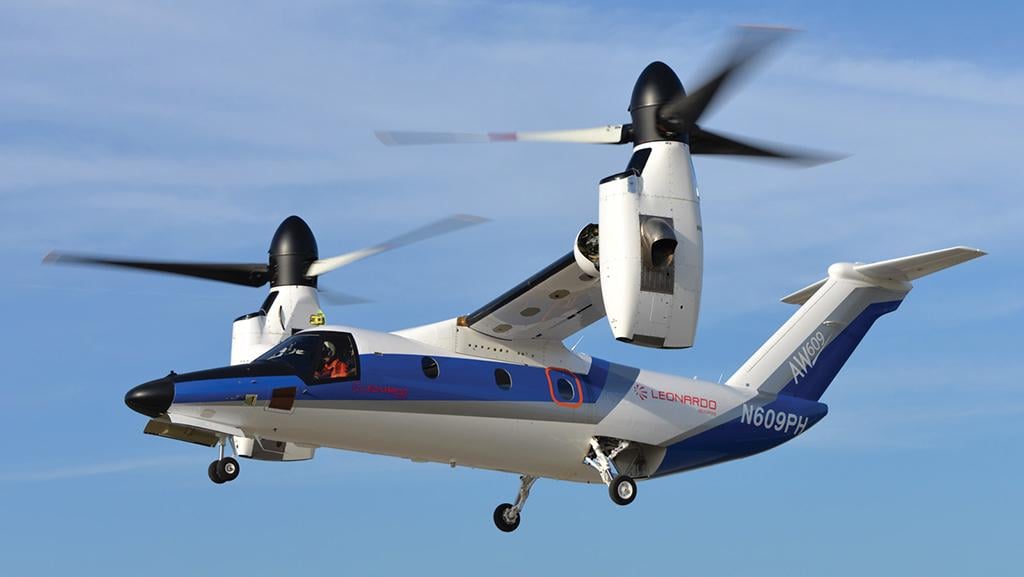
Commercial Tiltrotor
The first commercial tiltrotor has been in development for nearly two decades and made its first flight 18 years ago—the wait for its market introduction seems almost endless, but OEM Leonardo, which took the reins of the program in 2011, appears determined to bring its AW609 to market in 2022. Three prototypes are flying, and production-standard aircraft are in build at the company’s Philadelphia plant. The same site will be home to training facilities for the aircraft. The AW609 airframe also will be used as Leonardo’s Next-Generation Commercial Tiltrotor testbed for future tiltrotor technologies.
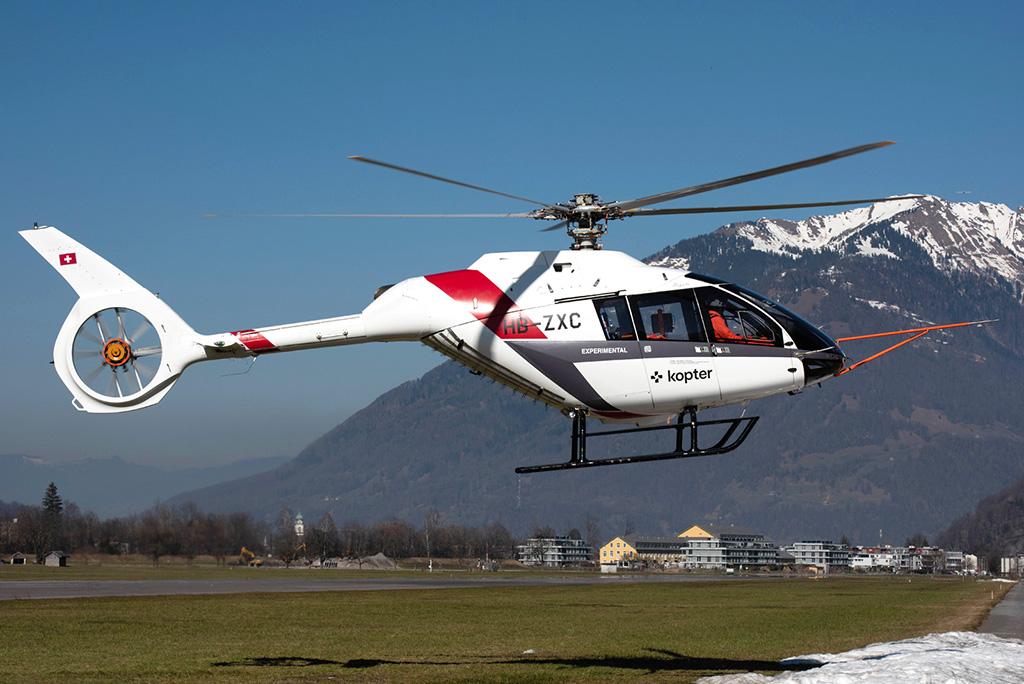
Alpine Competitor
First introduced to the rotary-wing world as the Marenco Swisshelicopter more than a decade ago, Kopter’s SH09 has had a challenging route to certification and market. But Kopter Group, now owned by Leonardo, believes the helicopter is ready to take on competitors like Airbus’ H125/Ecureuil and Bell’s Model 407. The Honeywell HTS 900-powered single-engine light helicopter has been developed to carry up to eight passengers in a cabin sized similarly to that of a light-twin. The aircraft has already found customers in the aerial tourism and emergency medical service markets. Market introduction is planned for 2022.
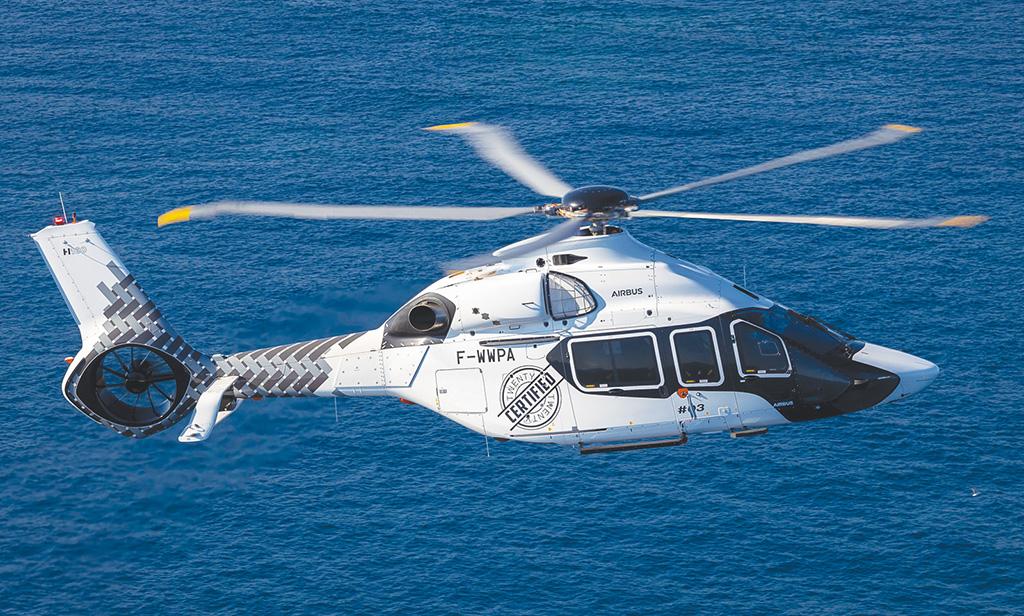
H160 First Delivery Awaits
Airbus’ new H160 twin-engine medium helicopter has been certified by the European Union Aviation Safety Agency (EASA) but is awaiting FAA signoff for the first delivery to a U.S.-based private customer. The certification is expected imminently. As Airbus Helicopters’ newest product, the H160 has been designed in part to meet French government needs for a new military platform for its three armed forces and as a competitor to Leonardo’s AW139, Sikorsky’s S-76, and Bell’s Model 412. The design features an advanced Blue Edge blade shape to reduce noise, a new modular assembly process as well as a vortex-ring-state-warning system and a recovery system built into the avionics suite.

Ringing in the Relentless
Bell hopes to bring its largest commercial helicopter yet, the 9.3-metric-ton Model 525, to market before year-end after a protracted development that included the fatal loss of a prototype. The fly-by-wire helicopter is being targeted at the oil and gas, search-and-rescue and VIP markets and looks set to take on types such as the Sikorsky S-92, Airbus Super Puma-family and super-medium platforms such as Leonardo’s AW189 and Airbus’ H175. Bell says the introduction of fly-by-wire will be a game changer for flight safety and reducing pilot workload. The aircraft also can be stabilized in response to wind gusts and turbulence, and the flight control system eliminates the need for complex mechanical linkages that can be prone to damage or jamming.
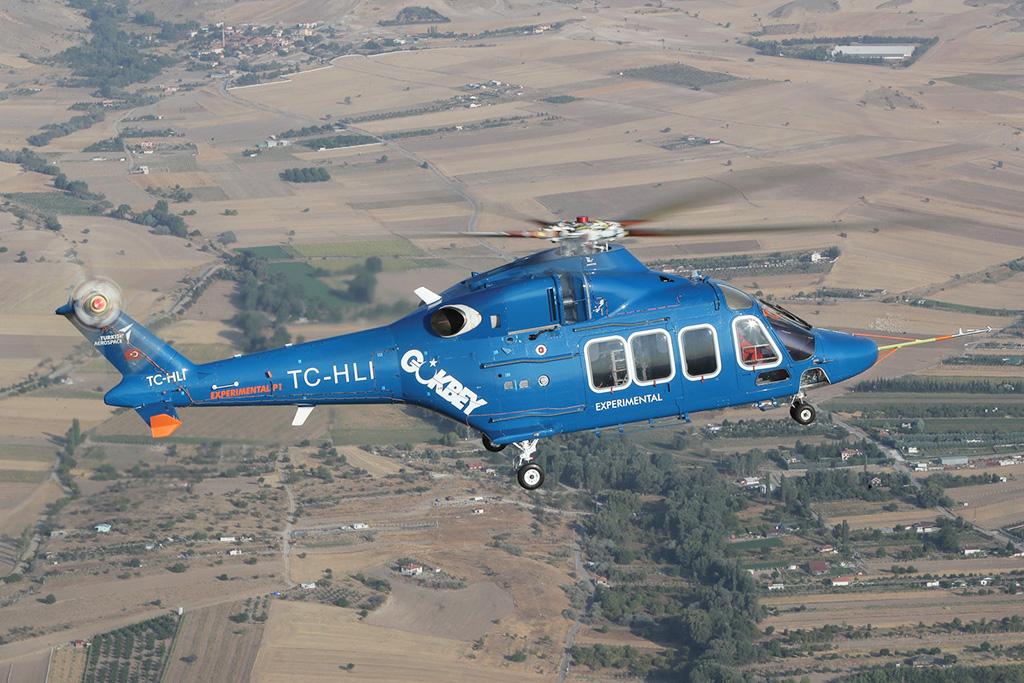
Turkish Challenger
Development of the T625 Gokbey utility helicopter continues, although Turkish Aerospace Industries has released few details about progress and milestones of the flight-test program or whether additional prototypes have flown. At least one prototype appeared in what observers state is a color scheme similar to that of helicopters flown by the country’s military police, the Jandarma. The T625 is the first commercial helicopter to be powered by Rolls-Royce/Honeywell CTS800 engines, but Turkey is developing an indigenous powerplant to take the CTS800’s place in a bid to make the aircraft free of International Traffic in Arms Regulations technology in case of military export sales.
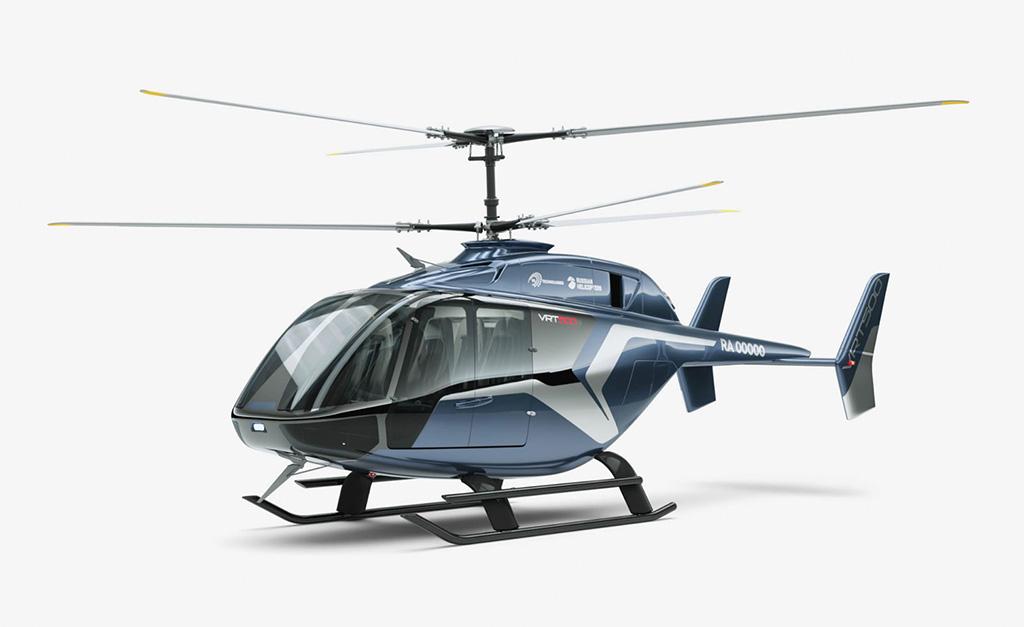
Urban Coaxial
The VRT-500 single-engine coaxial light helicopter could find a niche as a pathfinder for urban air mobility, believes its maker, Russian Helicopters. Developed by design bureau VR-Technologies and slated to be built in Italy, the VR500 is expected to use a Pratt & Whitney engine and Thales avionics. Progress has been slow, although Russian Helicopters is close to securing foreign investment in the program from Emirati group Tawazun. VR-Technologies also bought Italian company Vertex Aero from Mecaer in May 2020, which has a design organization approval from EASA, paving the way for certification of the VRT-500 in Europe. The helicopter has not made its first flight, but serial production is expected in 2023.
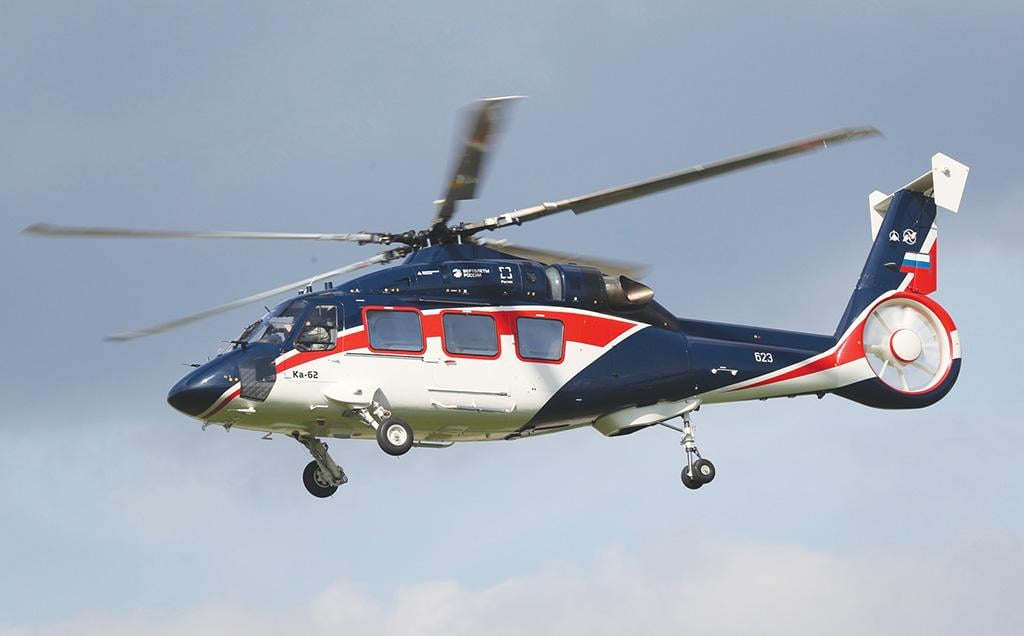
Kamov’s Progress
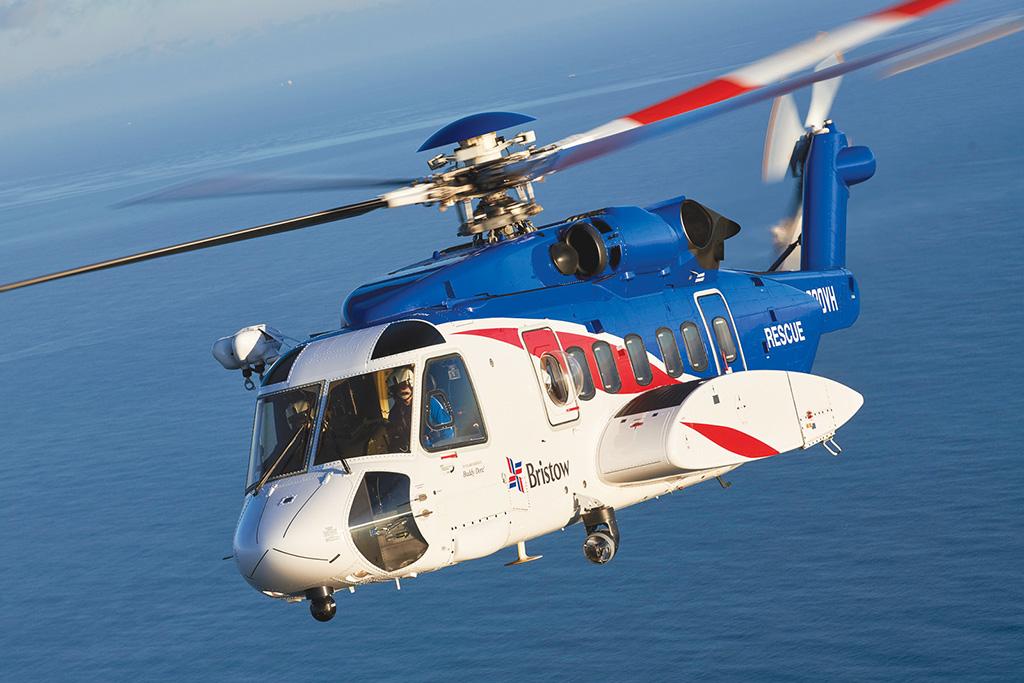
Enhancing the Helibus
Sikorsky’s road map for the S-92 heavy helicopter includes an upgrade for the existing fleet, the S-92A+, and development of a new version, the S-92B. The S-92A+ upgrade will introduce a new main gearbox with an enhanced run-dry capability and a gross weight increase to 27,700 lb. The S-92B will feature all the elements of the S-92A+ but in a modified fuselage with larger cabin windows and a new side entry door. The S-92B also will feature global real-time health and usage monitoring and advanced navigation systems. The S-92A+ upgrades are planned for 2023, and the S-92B is expected to go to market in 2025.

Hill’s Upcoming Climb
UK startup Hill Helicopter will cut metal soon on prototypes for its future light helicopter, the HX50, an experimental/homemade-category turbine light helicopter. Powered by a bespoke engine developed in-house, the HX50 is expected to be priced at £495,000 ($690,000) when it comes on the market in 2023. An identical model, the HC50, is planned for certification and market entry in 2026.

Commercial Tiltrotor
The first commercial tiltrotor has been in development for nearly two decades and made its first flight 18 years ago—the wait for its market introduction seems almost endless, but OEM Leonardo, which took the reins of the program in 2011, appears determined to bring its AW609 to market in 2022. Three prototypes are flying, and production-standard aircraft are in build at the company’s Philadelphia plant. The same site will be home to training facilities for the aircraft. The AW609 airframe also will be used as Leonardo’s Next-Generation Commercial Tiltrotor testbed for future tiltrotor technologies.

Alpine Competitor
First introduced to the rotary-wing world as the Marenco Swisshelicopter more than a decade ago, Kopter’s SH09 has had a challenging route to certification and market. But Kopter Group, now owned by Leonardo, believes the helicopter is ready to take on competitors like Airbus’ H125/Ecureuil and Bell’s Model 407. The Honeywell HTS 900-powered single-engine light helicopter has been developed to carry up to eight passengers in a cabin sized similarly to that of a light-twin. The aircraft has already found customers in the aerial tourism and emergency medical service markets. Market introduction is planned for 2022.

H160 First Delivery Awaits
Airbus’ new H160 twin-engine medium helicopter has been certified by the European Union Aviation Safety Agency (EASA) but is awaiting FAA signoff for the first delivery to a U.S.-based private customer. The certification is expected imminently. As Airbus Helicopters’ newest product, the H160 has been designed in part to meet French government needs for a new military platform for its three armed forces and as a competitor to Leonardo’s AW139, Sikorsky’s S-76, and Bell’s Model 412. The design features an advanced Blue Edge blade shape to reduce noise, a new modular assembly process as well as a vortex-ring-state-warning system and a recovery system built into the avionics suite.

Ringing in the Relentless
Bell hopes to bring its largest commercial helicopter yet, the 9.3-metric-ton Model 525, to market before year-end after a protracted development that included the fatal loss of a prototype. The fly-by-wire helicopter is being targeted at the oil and gas, search-and-rescue and VIP markets and looks set to take on types such as the Sikorsky S-92, Airbus Super Puma-family and super-medium platforms such as Leonardo’s AW189 and Airbus’ H175. Bell says the introduction of fly-by-wire will be a game changer for flight safety and reducing pilot workload. The aircraft also can be stabilized in response to wind gusts and turbulence, and the flight control system eliminates the need for complex mechanical linkages that can be prone to damage or jamming.

Turkish Challenger
Development of the T625 Gokbey utility helicopter continues, although Turkish Aerospace Industries has released few details about progress and milestones of the flight-test program or whether additional prototypes have flown. At least one prototype appeared in what observers state is a color scheme similar to that of helicopters flown by the country’s military police, the Jandarma. The T625 is the first commercial helicopter to be powered by Rolls-Royce/Honeywell CTS800 engines, but Turkey is developing an indigenous powerplant to take the CTS800’s place in a bid to make the aircraft free of International Traffic in Arms Regulations technology in case of military export sales.

Urban Coaxial
The VRT-500 single-engine coaxial light helicopter could find a niche as a pathfinder for urban air mobility, believes its maker, Russian Helicopters. Developed by design bureau VR-Technologies and slated to be built in Italy, the VR500 is expected to use a Pratt & Whitney engine and Thales avionics. Progress has been slow, although Russian Helicopters is close to securing foreign investment in the program from Emirati group Tawazun. VR-Technologies also bought Italian company Vertex Aero from Mecaer in May 2020, which has a design organization approval from EASA, paving the way for certification of the VRT-500 in Europe. The helicopter has not made its first flight, but serial production is expected in 2023.

Kamov’s Progress

Enhancing the Helibus
Sikorsky’s road map for the S-92 heavy helicopter includes an upgrade for the existing fleet, the S-92A+, and development of a new version, the S-92B. The S-92A+ upgrade will introduce a new main gearbox with an enhanced run-dry capability and a gross weight increase to 27,700 lb. The S-92B will feature all the elements of the S-92A+ but in a modified fuselage with larger cabin windows and a new side entry door. The S-92B also will feature global real-time health and usage monitoring and advanced navigation systems. The S-92A+ upgrades are planned for 2023, and the S-92B is expected to go to market in 2025.

Hill’s Upcoming Climb
UK startup Hill Helicopter will cut metal soon on prototypes for its future light helicopter, the HX50, an experimental/homemade-category turbine light helicopter. Powered by a bespoke engine developed in-house, the HX50 is expected to be priced at £495,000 ($690,000) when it comes on the market in 2023. An identical model, the HC50, is planned for certification and market entry in 2026.
While billions are being invested in electric urban air mobility flight, the need for conventional rotorcraft shows no sign of abating. Here are some of the modern commercial helicopters in development and/or chasing certification.










Comments
Bernard Biales